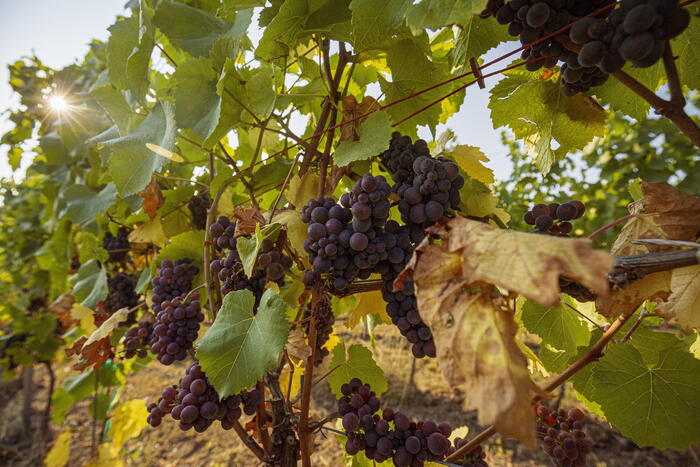Eighty thousand different plant genetic resources, 257 species cultivated for human and animal nutrition and 244 wild species recorded and conserved.
It is the result of the activities of the Rgv Fao program coordinated by Crea olive growing, fruit growing and citrus growing (Ofa) and financed by Mipaaf.
It was born 18 years ago to collect, catalog, preserve, enhance and exchange plant genetic resources to identify those genes that are useful in terms of sustainability and environmental protection.
What emerges is a wealth of information and knowledge available in the dedicated PlantaRes database, a fundamental tool for guaranteeing global food security and sustainable development.
It is an inexhaustible source of useful genes: often those varieties considered unsuitable for cultivation are instead precious, because within them they can bring important factors to counter new or old problems, such as climate change in progress or resistance to new and old. pathogens.
An example of genetic resources not suitable for cultivation and used for genetic improvement purposes, as explained by the researcher of the Ignazio Verde Center, are the related species of Vitis resistant to downy mildew and powdery mildew.
These resources, poor from an organoleptic point of view, have made it possible to obtain new resistant varieties through crossing and selection.
"Being able to modify the same genes through biotechnology - highlights the researcher - would make it possible to equip the traditional varieties (for example Pinot, Sangiovese, Catarratto, Nero d'Avola) with the same resistance factors while safeguarding the sustainability of viticulture, traditions and the economy linked to these vines ".








